The Snowy Owl is a majestic bird native to the Arctic regions of North America and Eurasia. Known for its striking white plumage, which helps it blend into its snowy environment, the Snowy Owl is one of the most iconic owls in the world. Its feathers are a mix of pure white and mottled brown, with males generally being whiter than females. The bird’s large yellow eyes and distinctive facial disc make it easily recognizable and well-adapted for hunting in the low-light conditions of the Arctic winter.
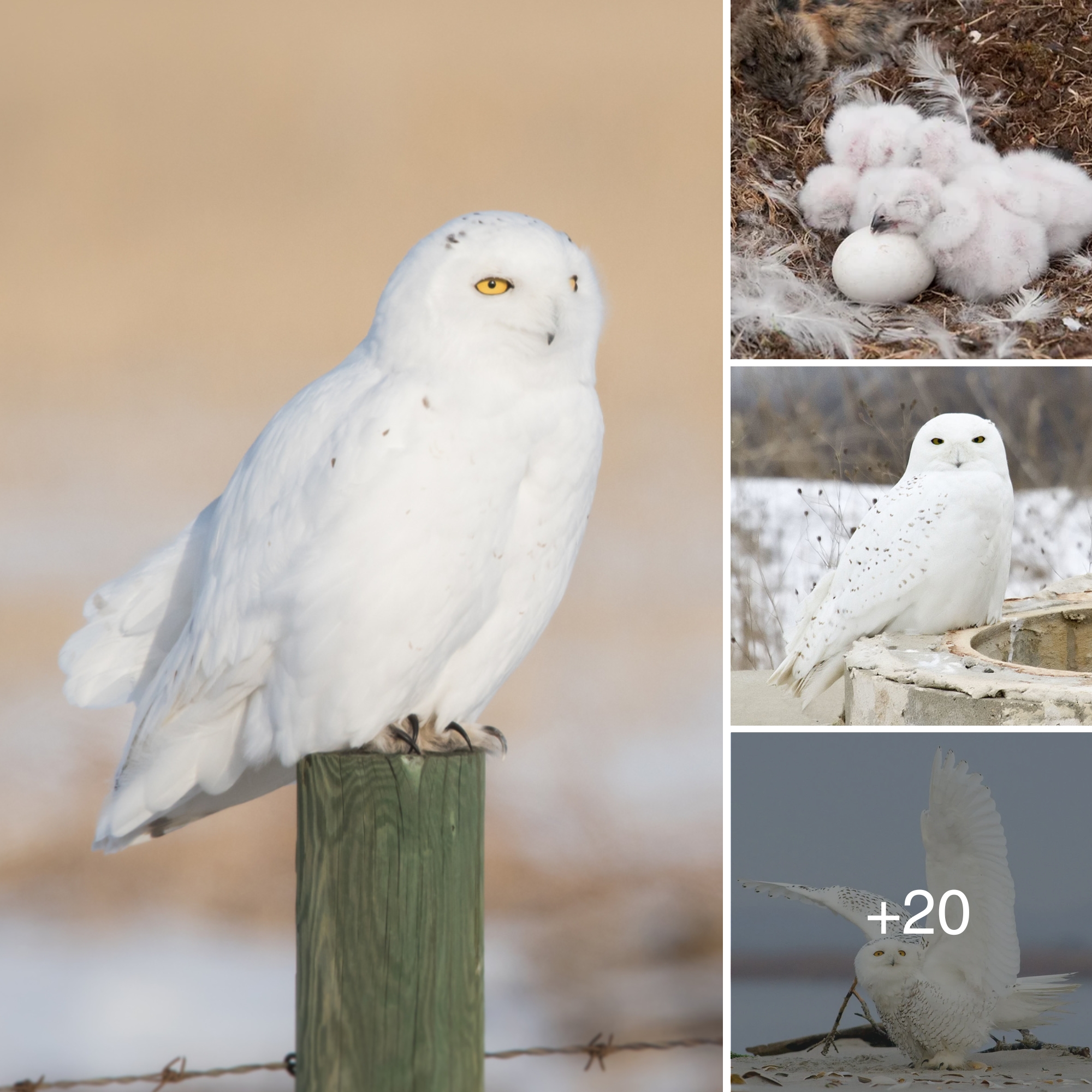
Snowy Owls are formidable hunters with a diet primarily consisting of small mammals, such as lemmings, voles, and hares. They are highly skilled in locating prey from a great distance, using their excellent vision and hearing. During the breeding season, they are known to establish large territories, often on the ground, and can be seen actively hunting to feed their young. Snowy Owls have a unique hunting strategy; they often perch silently and wait for prey to come into view before swooping down to capture it with their powerful talons.
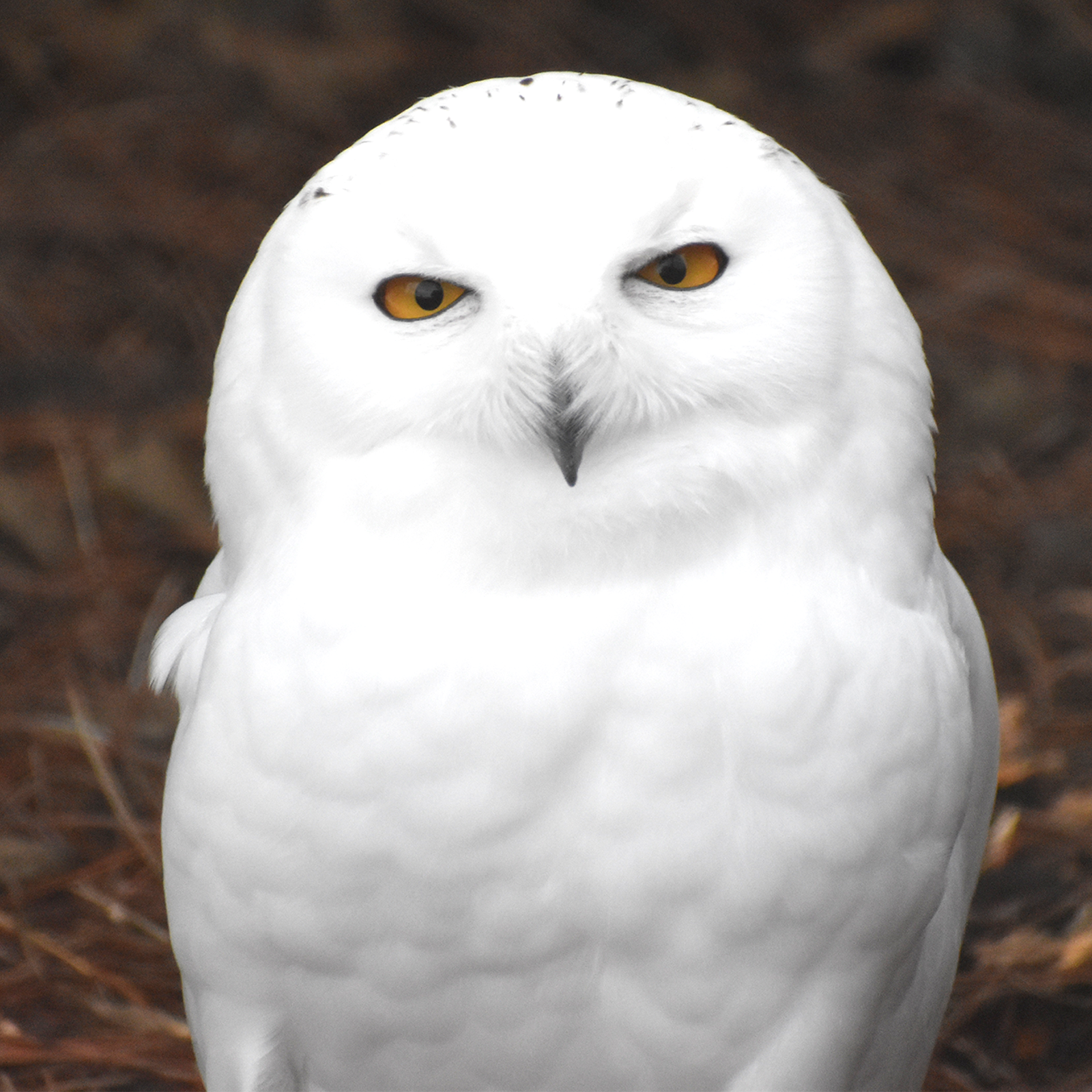
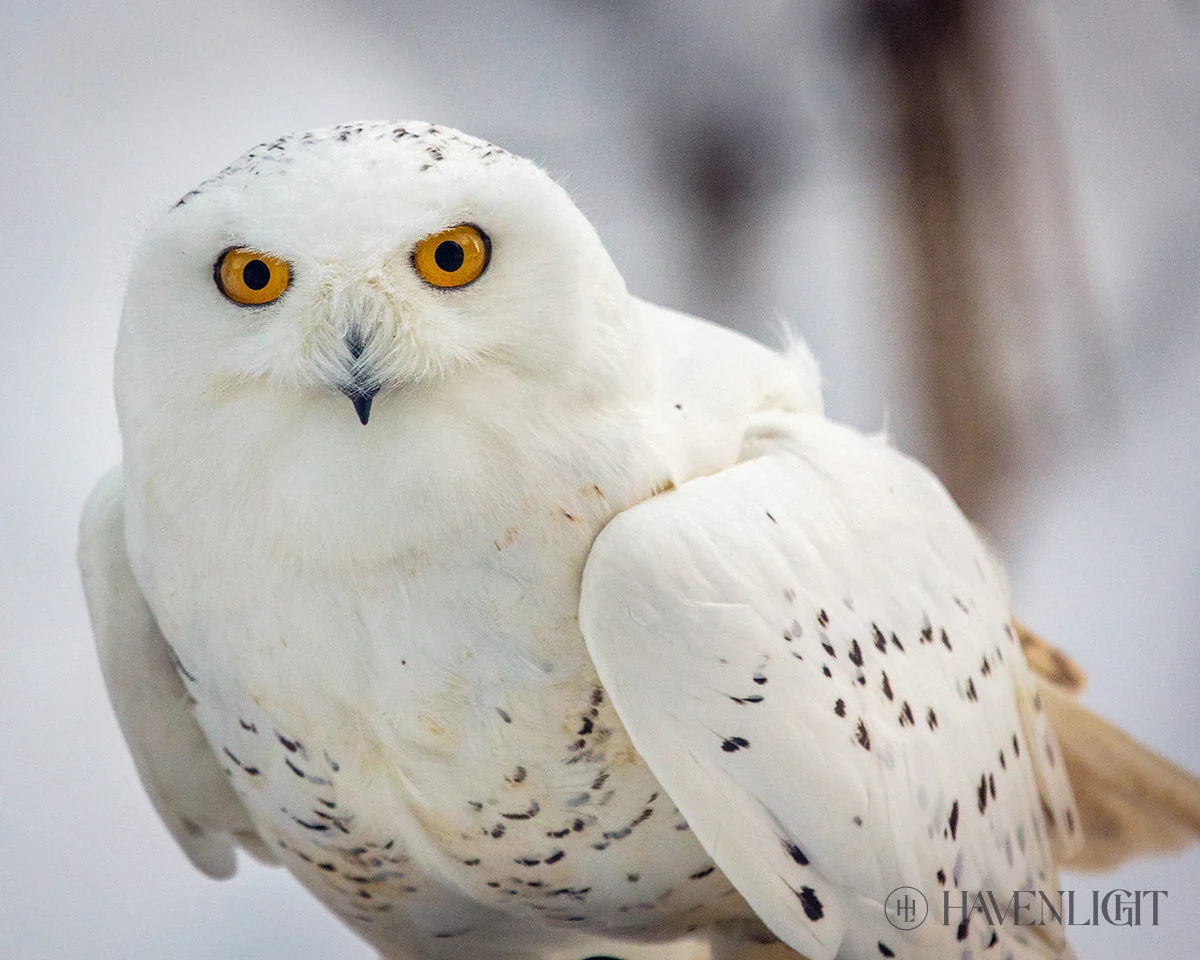
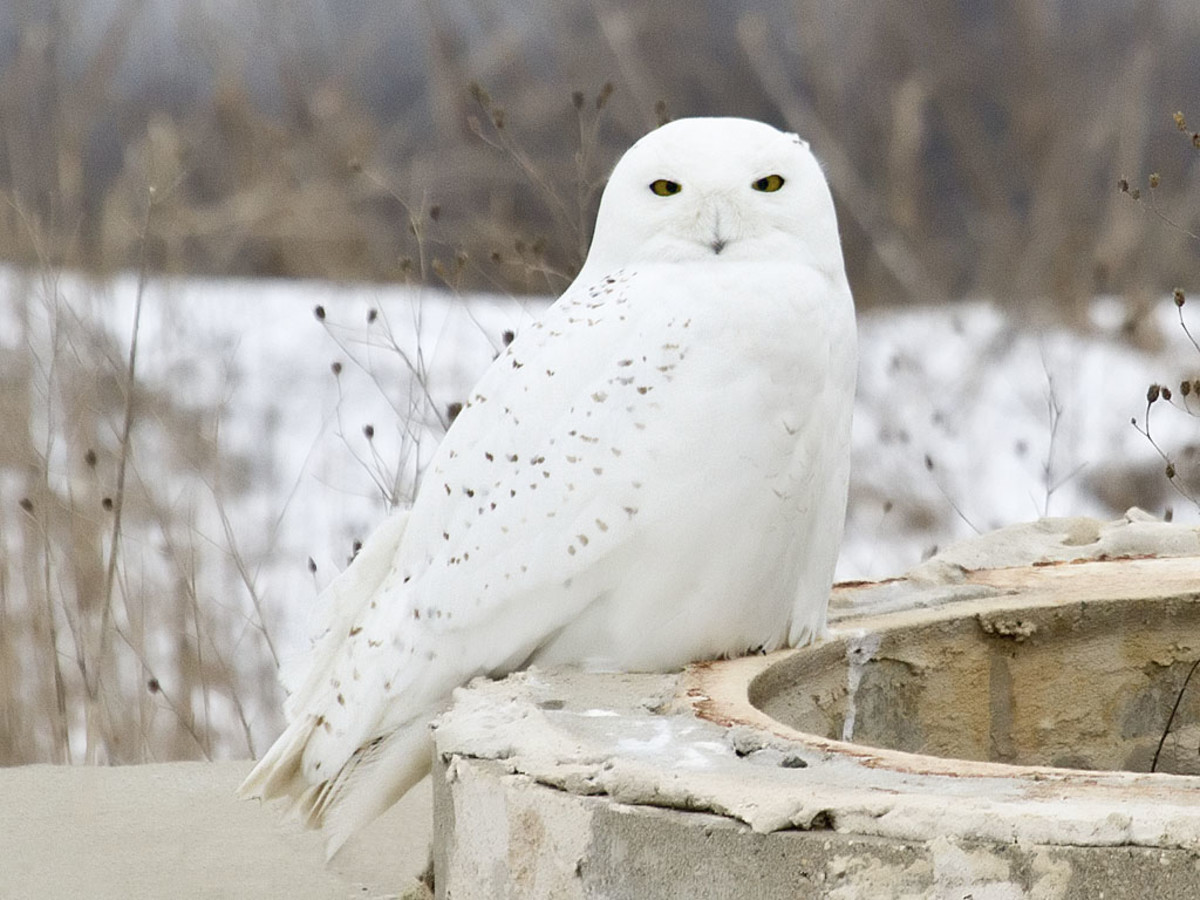
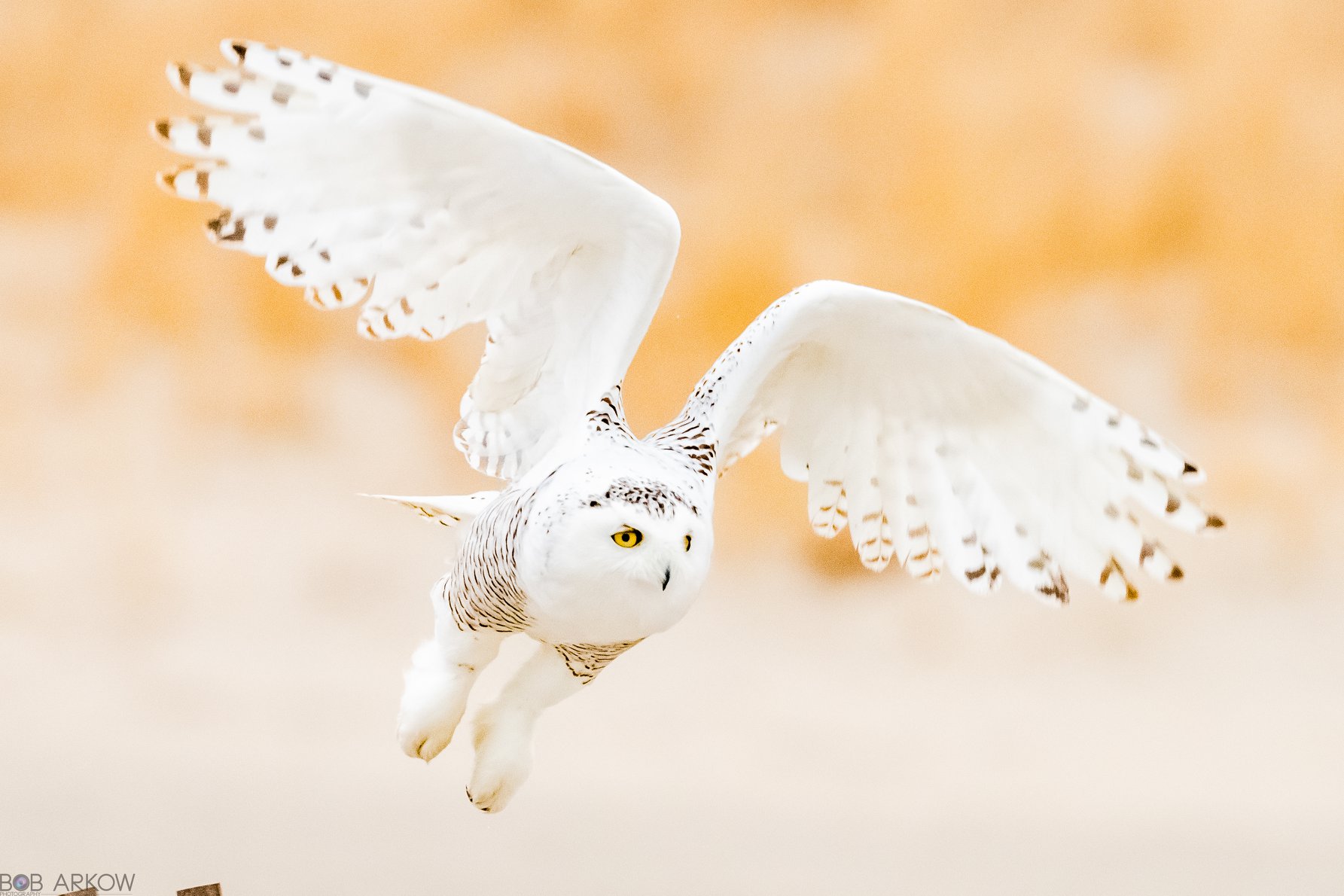
Despite their adaptation to the cold Arctic climate, Snowy Owls are migratory and can sometimes be seen far from their usual range during winter months, especially when food is scarce. These irruptions occur irregularly and are driven by changes in prey availability.


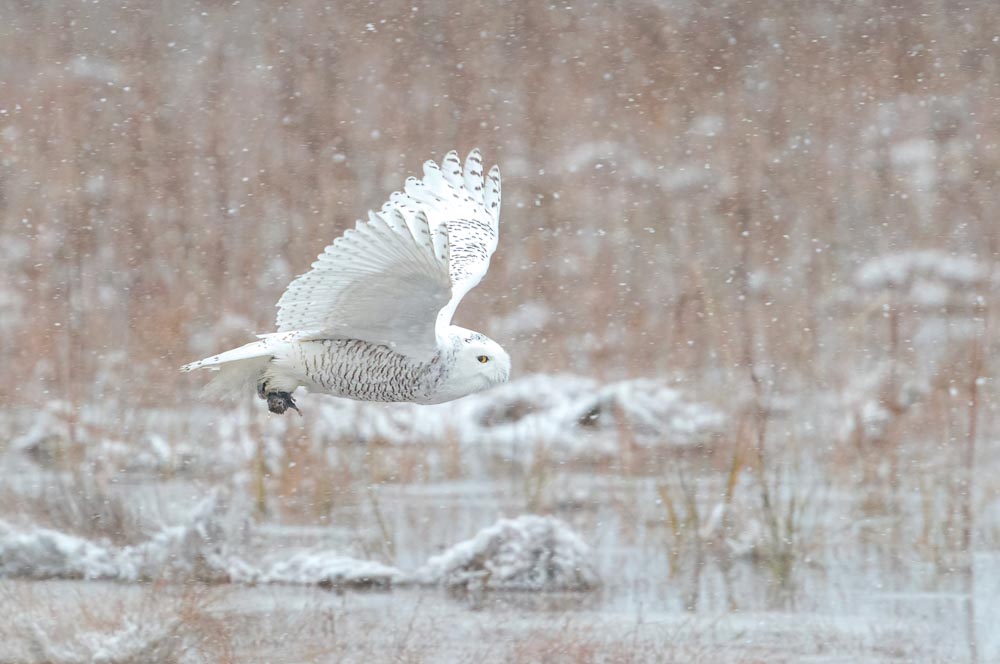


Snowy Owls are not currently considered endangered, but their populations can be affected by habitat changes and climate fluctuations, which may impact their food sources and breeding success.